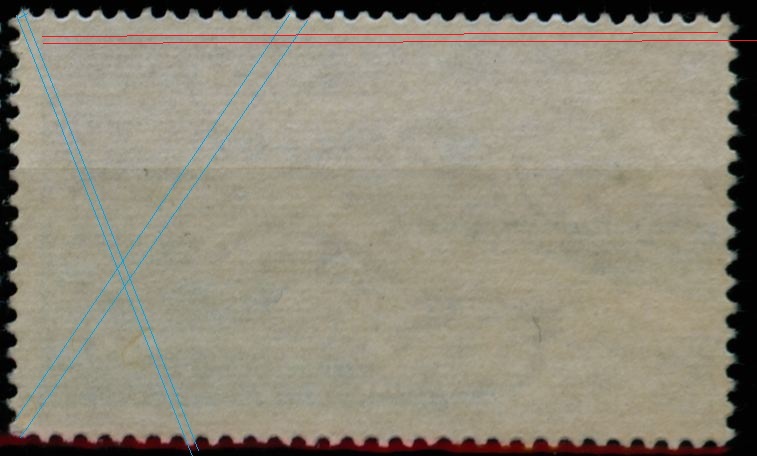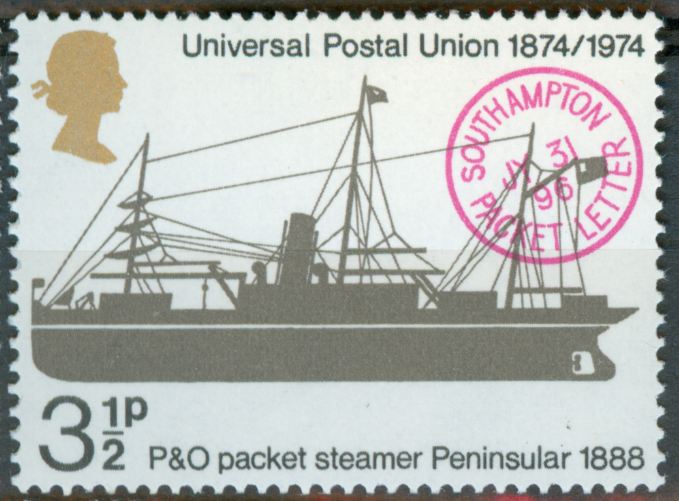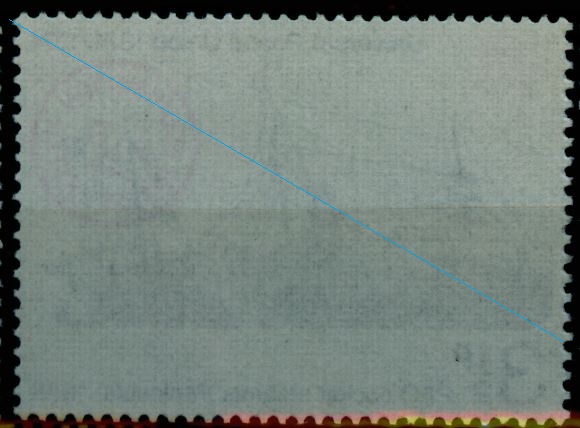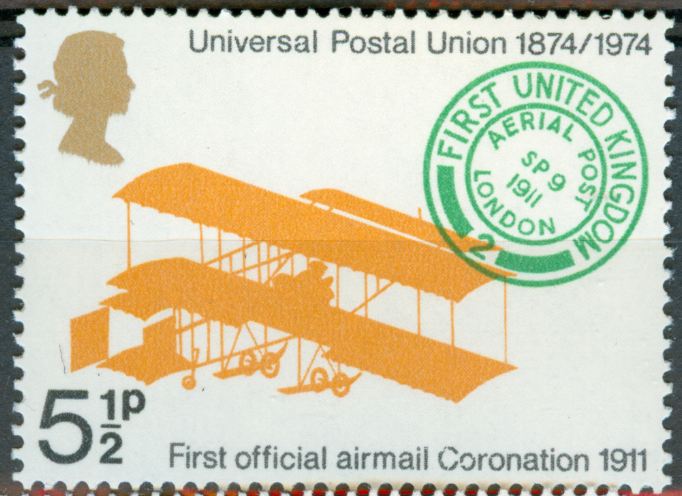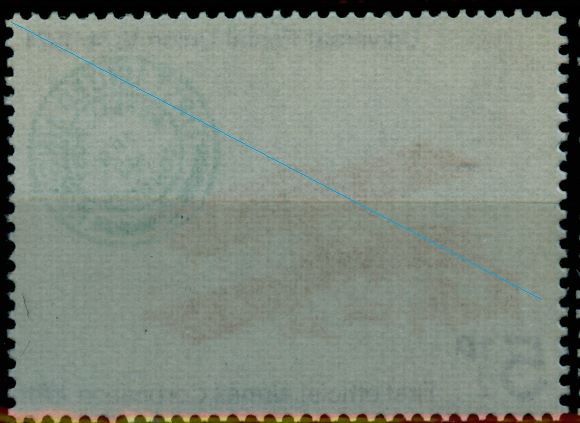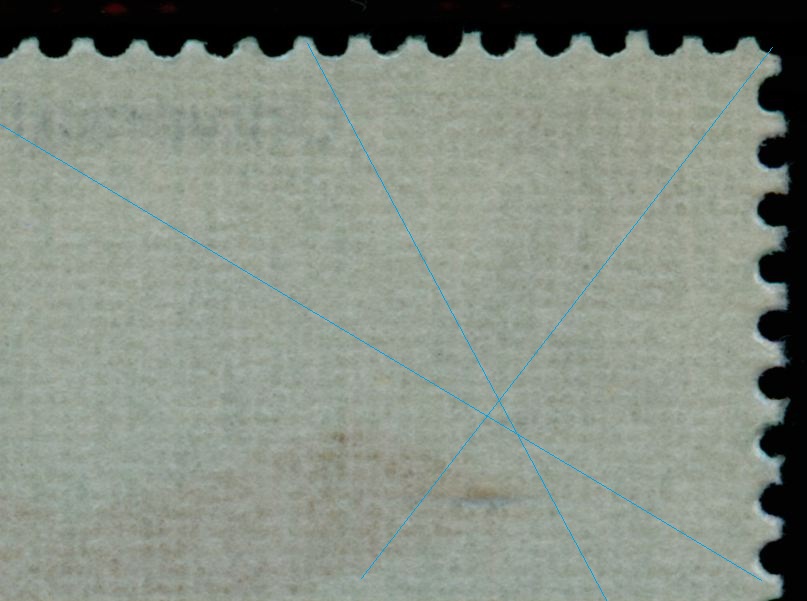Printed on the Goebel:
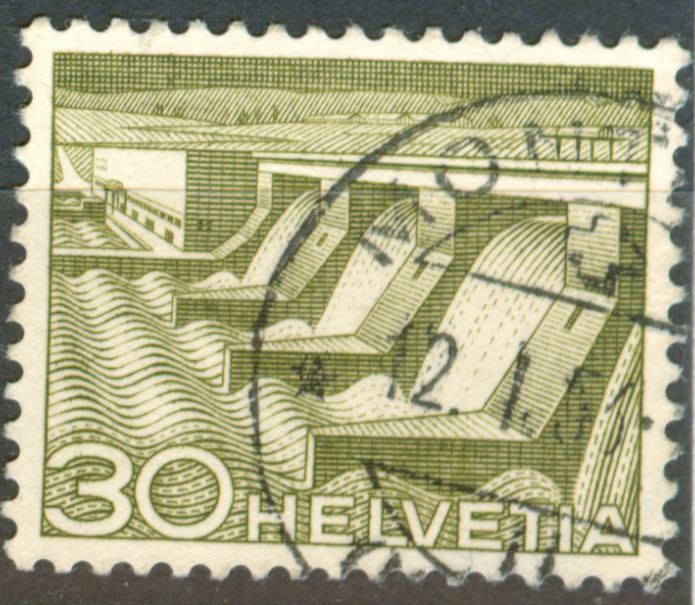

Symmetrical paper wire and a vertical direction of paper!
to be continued ...
Moderador: Rein




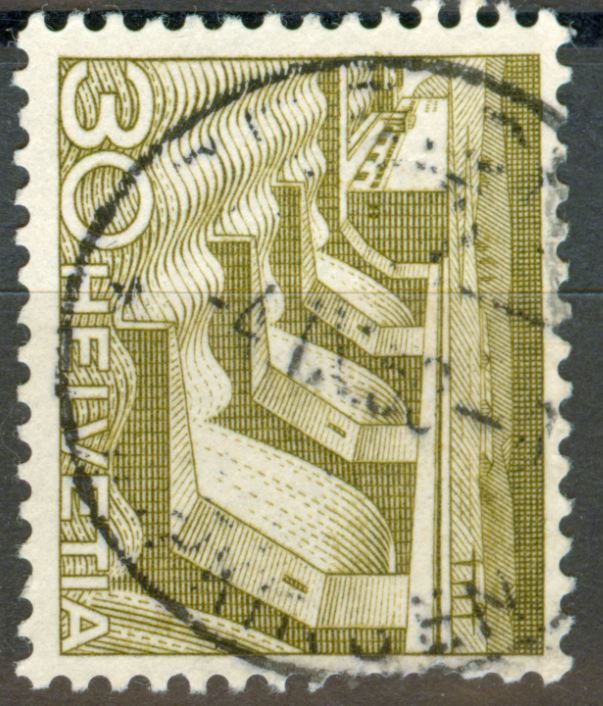
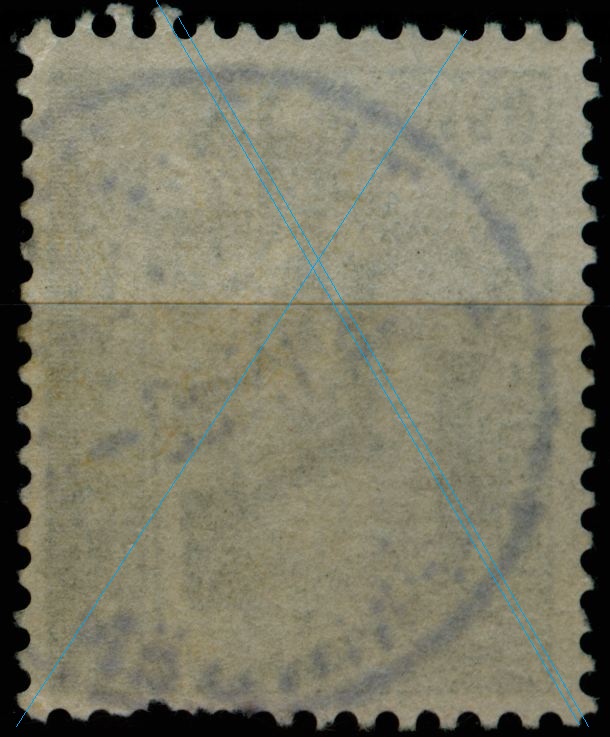

José,Otin escribió:Rein:
Concerning the 20c aerial Swiss stamps, what you call crosses do not belong to paper structure but to indented paper similar to our "papel rayado" in San Martín con punto. In other words, it is the geriffeltes papier.
José
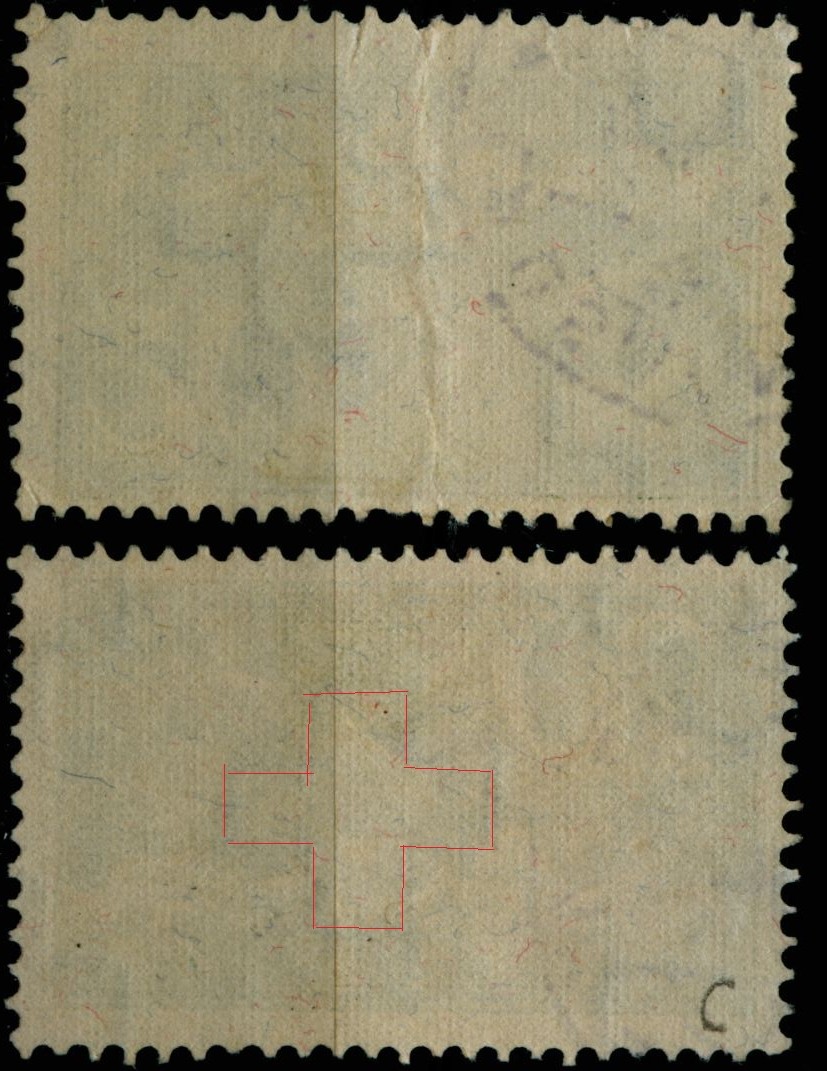

Otin escribió:Rein,
What can you tell me about the "ahnlich vergé papier" in Swiss current series of 1941 Historische Bilder?
José

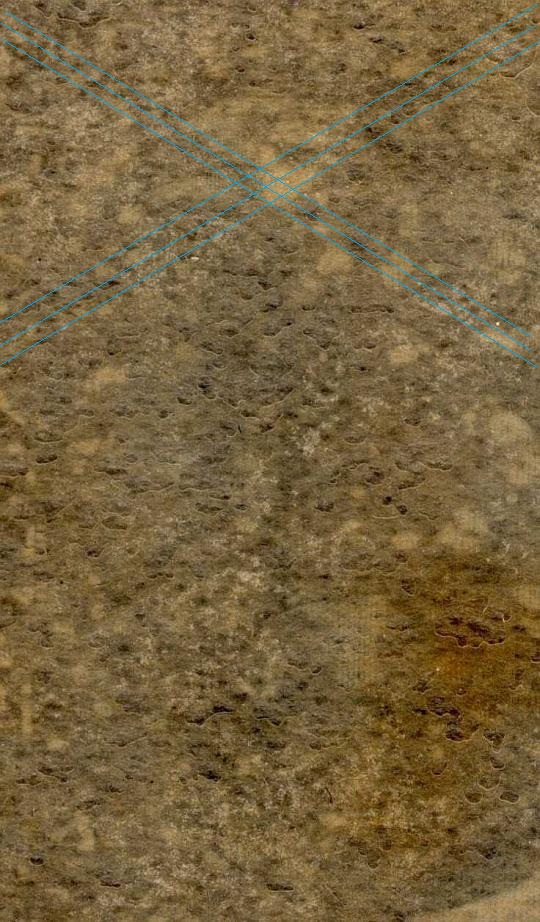

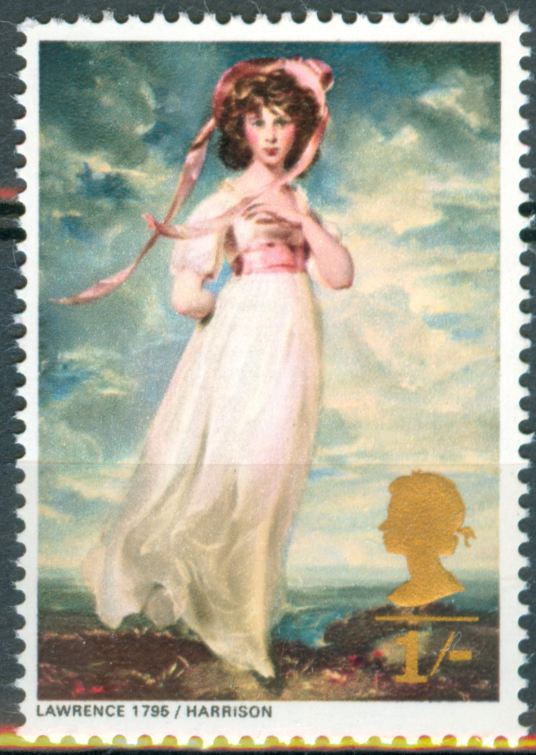
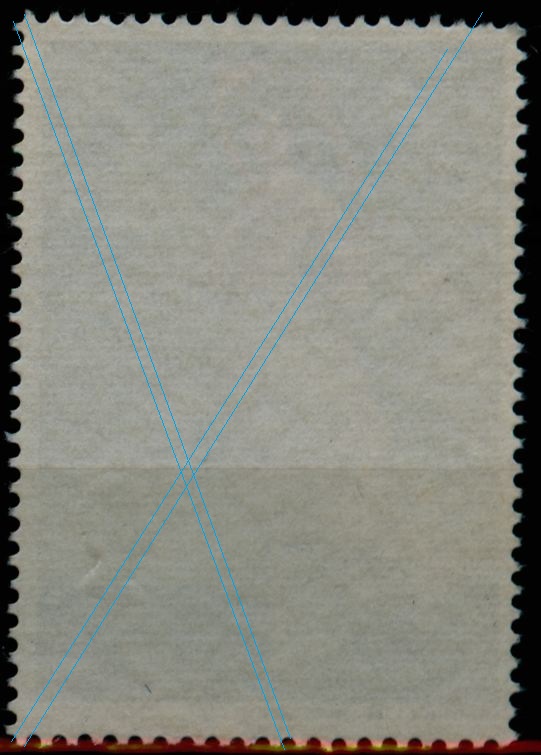

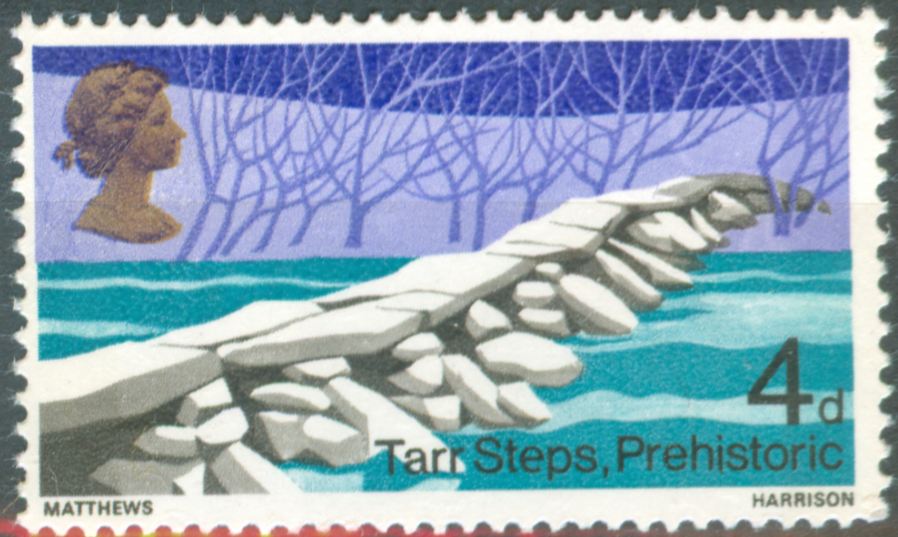
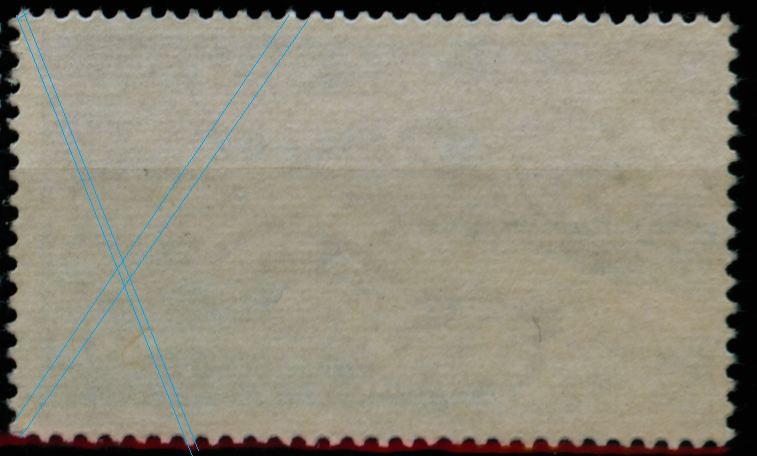

What can you tell me about the "ahnlich vergé papier" in Swiss current series of 1941 Historische Bilder?
José
In short - in modern paper techniques - it is just a type of Watermark!Laid paper is a type of paper having a ribbed texture imparted by the manufacturing process. In the 19th century its use diminished as it was largely supplanted by wove paper. Laid paper is still commonly used by artists as a support for charcoal drawings.
In pre-mechanical papermaking (from the 12th century into the 19th century), the laid pattern was produced by the wire sieve in the rectangular mold used to produce single sheets of paper. A worker would dip the mold into a vat containing diluted linen pulp, then lift it out, tilt it to spread the pulp evenly over the sieve, and, as the water drained out between the wires, shake the mold to lock the fibers together. In the process, the pattern of the wires in the sieve was imparted to the sheet of paper.[1]
Modern papermaking techniques use a dandy roll to create the laid pattern during the early stages of manufacture, in the same way as applying a paper watermark. While in the wet state, the paper stock (a dilute dispersion of the cellulose fibers in water) is drained on a wire mesh to de-water the stock. During this process, a dandy roll with a laid mesh pattern is pressed into the wet stock, displacing the cellulose fiber.[2] This pattern has to be applied at a particular stock consistency; otherwise the pattern will be lost as the fiber flows back while the stock moves past the dandy (too wet), or fiber will pick out of the stock (too dry), causing surface disruption. As the fiber is displaced, localized areas of higher and lower density are produced in a laid pattern, and the pattern is also created on the paper's surface. The pattern is therefore apparent both as one looks through the sheet and as one views its surface. Applying the laid pattern as a mechanical emboss would not create the laid pattern effect on the look-through, as this is only achieved by watermarking techniques.
The traditional laid pattern consists of a series of wide-spaced lines (chain lines) parallel to the shorter sides of the sheet—or, in machine-made paper, running in the machine direction—and more narrowly spaced lines (laid lines) which are at 90 degrees to the chain lines.

to be continued ....Papel verjurado
El papel verjurado (denominado también como papel vergueteado y papel listado) es una elaboración especial del papel de buena calidad que se caracteriza en su acabado por la aparición de unas leves marcas transversal de grosor variable en su superficie, visibles incluso al trasluz. Estas líneas son causadas por un cilindro de filigrana (red metálica) que lleva alambre durante la fabricación del papel. La denominación puede provenir del idioma catalán que pasa al francés como: papier vergé, es por esta razón por la que se denomina también papel vergé. Se trata de un papel elaborado según un método antíguo de elaboración que en el siglo XIX se substituyó por el papel vitela. En la actualidad se emplea en la elaboración de libros de edición limitada y en material de soporte gráfico para las obras de Bellas Artes.
Historia
En la era pre-industrial de la fabricación del papel, es decir en el periodo que va desde el siglo XII al XIX los papeles verjurados se producían mediante un alambre que se encontraba arrollado al cilindro que al presionar la pasta del papel producía este patrón característico de ondulación sobre la superficie del papel. Dicho patrón era de líneas paralelas en sentido transversal a la hoja de papel (vergueteado), se denominaba a la forma verjurada. En los procesos más modernos de elaboración de papel el verjurado se imita mediante la insercción de una marca de agua especial que se aplica en el proceso de prensado y elaboración de las hojas de papel. Su uso suele ser indicativo de un empleo de papel de buena calidad, que suele ser más resistente.

